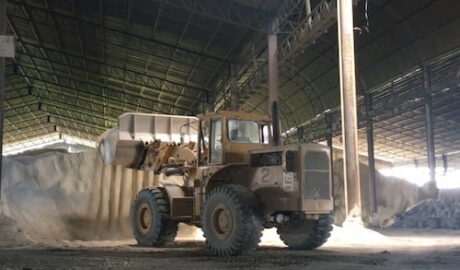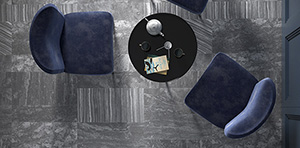The best look, the safe choice
It is essential to pick a slip-resistant tile. With the right flooring, you can add a level of protection against slip-and-fall accidents.
Slip resistance ratings are used to determine the level of the slipperiness of a surface. When choosing tiles for a space, it is essential to keep the safety factor in mind. In most instances, people choose tiles based on aesthetics and often overlook the slip rating. It is important to select tiles with a slip rating that is suitable for the space in which the tiles are being installed. Most tiles have a slip rating that is determined based on the test method used. The ratings are expressed as:
- R ratings for the Oil Wet Ramp Test
- P ratings for the Wet Pendulum Slip Test
- D ratings for Dry Floor Friction Test
- A, B & C ratings for the Wet Barefoot Ramp Test
The various slip ratings reflect the frictional characteristics of surfaces in different environments. As such, the method that best serves the need for an environment must be used. The ratings are reliable and indicate slip resistance, however, an R10 rating from an Oil Wet Ramp Test cannot be considered to be an equivalent of a P3 rating from the Wet Pendulum Slip Test.





